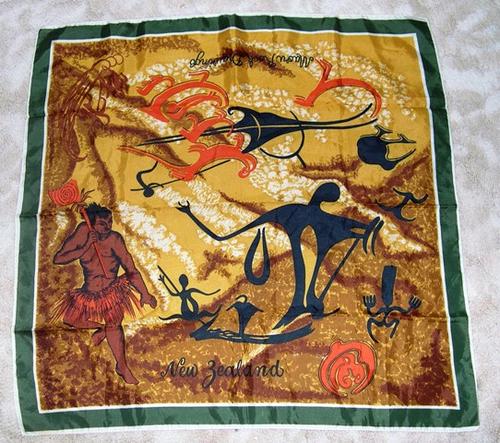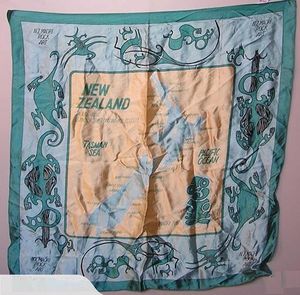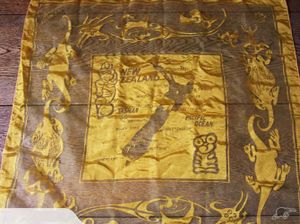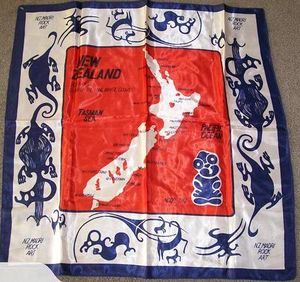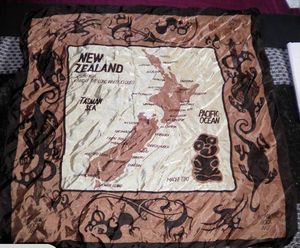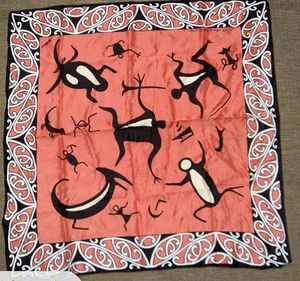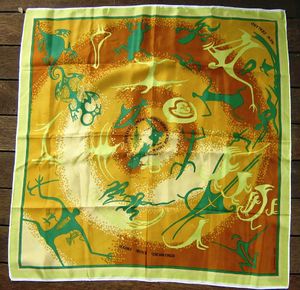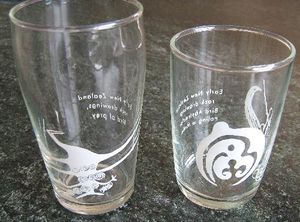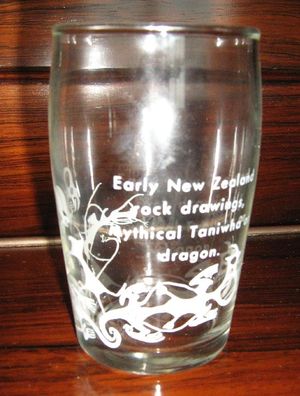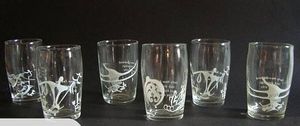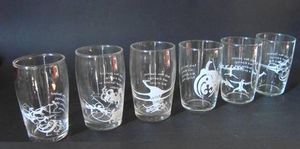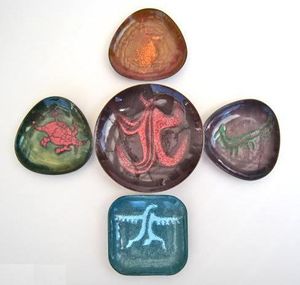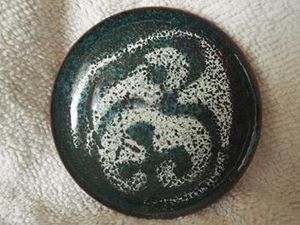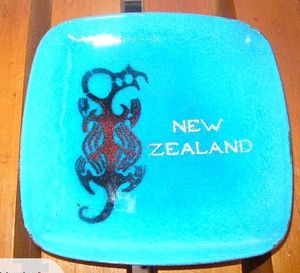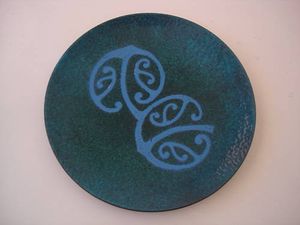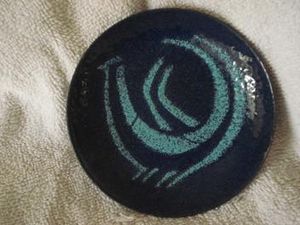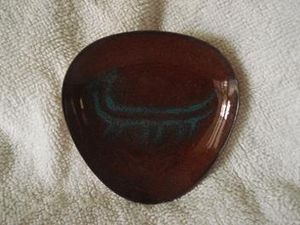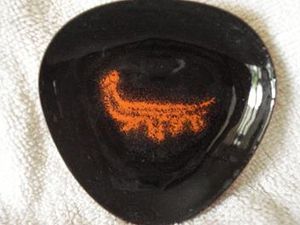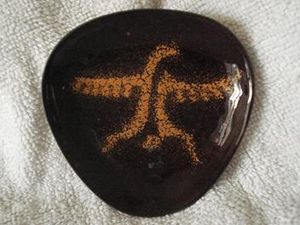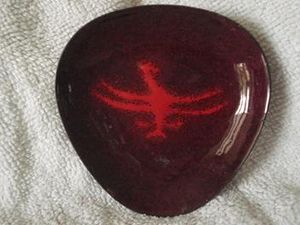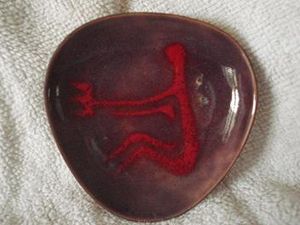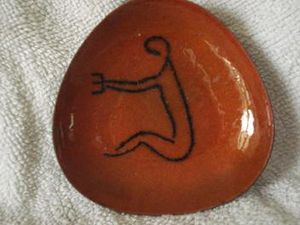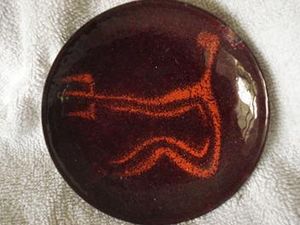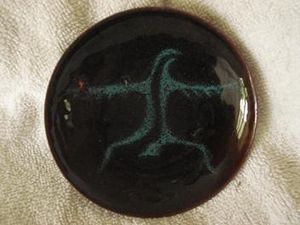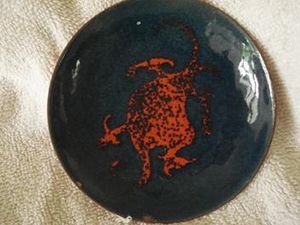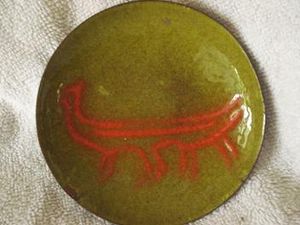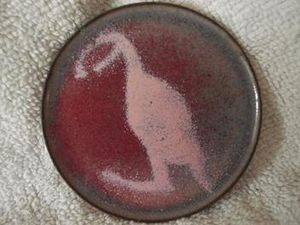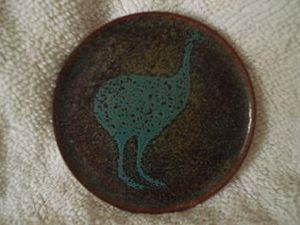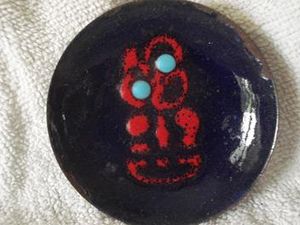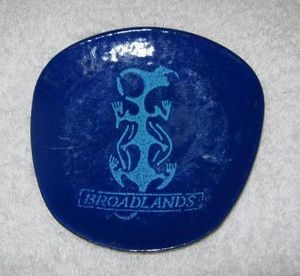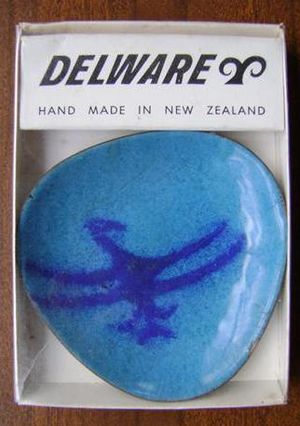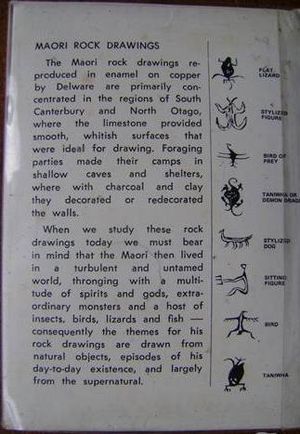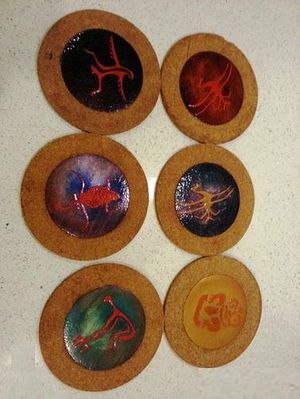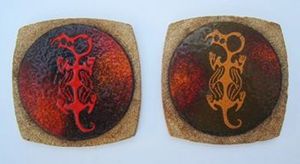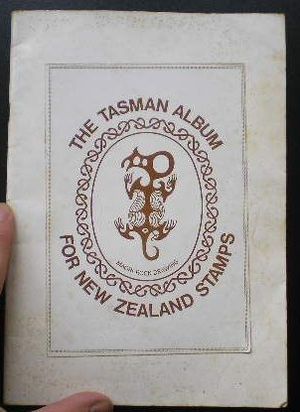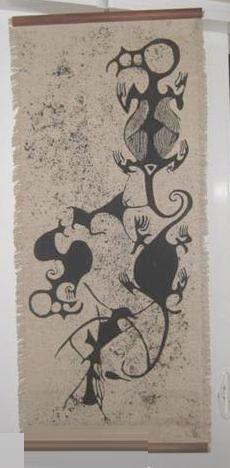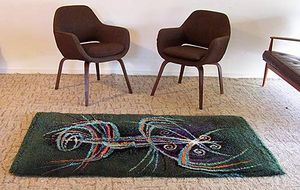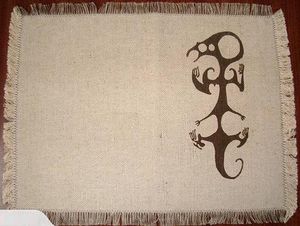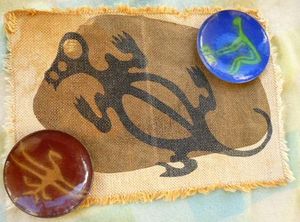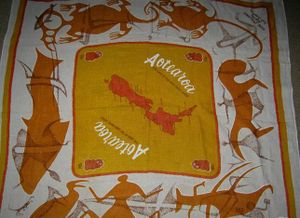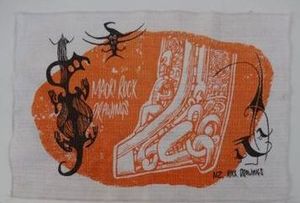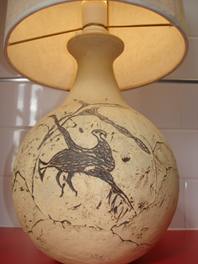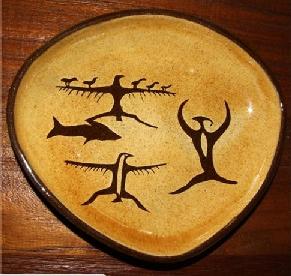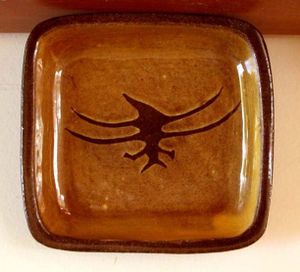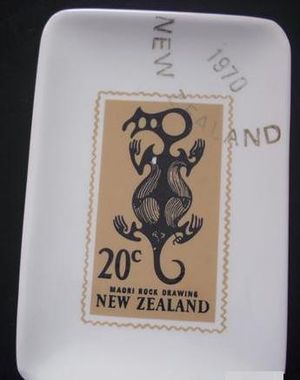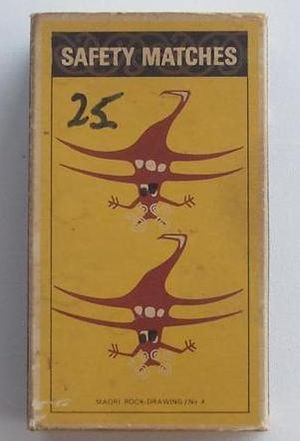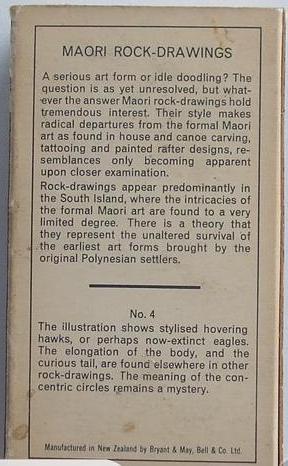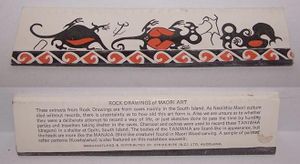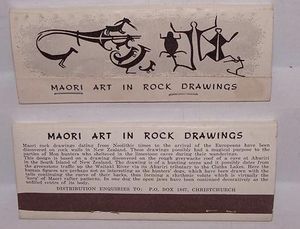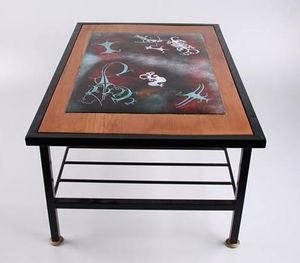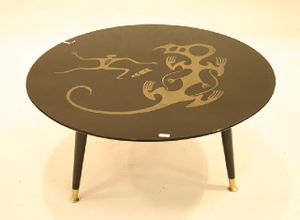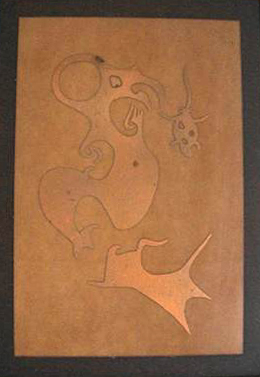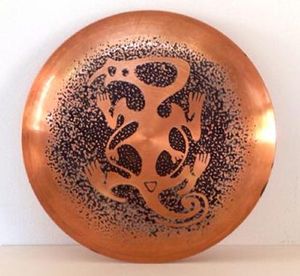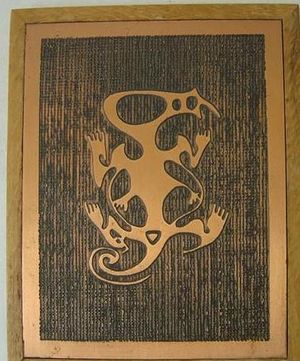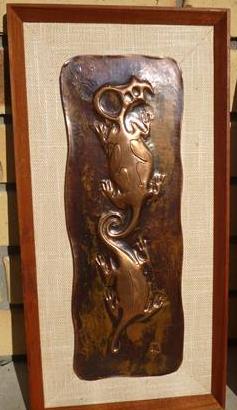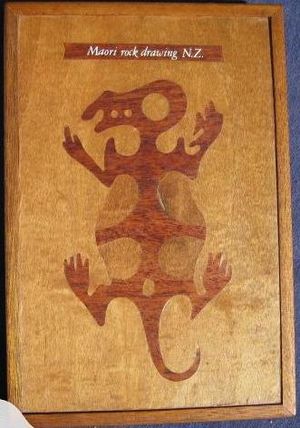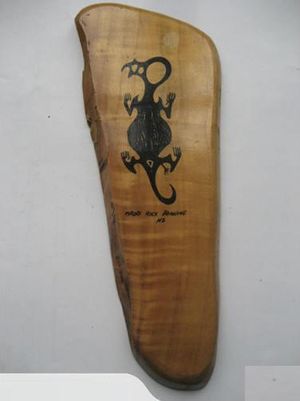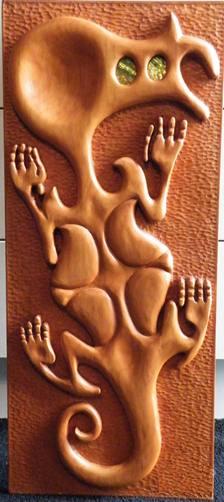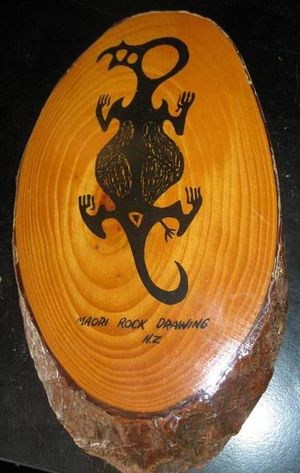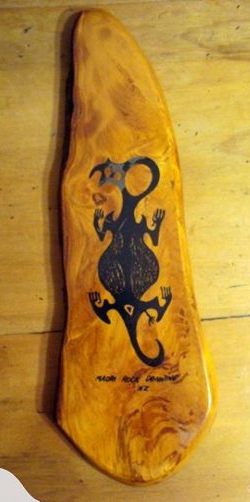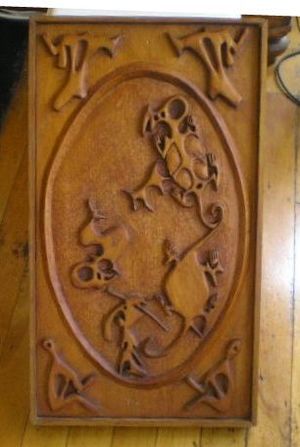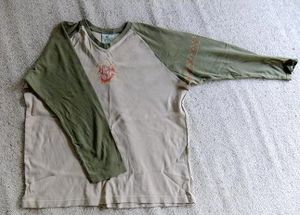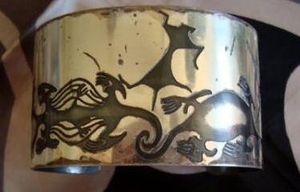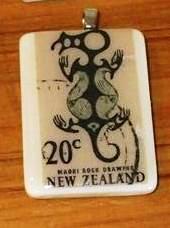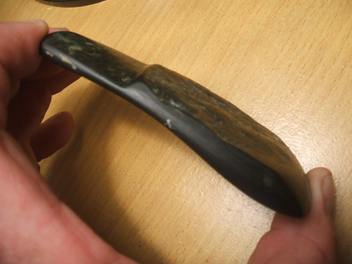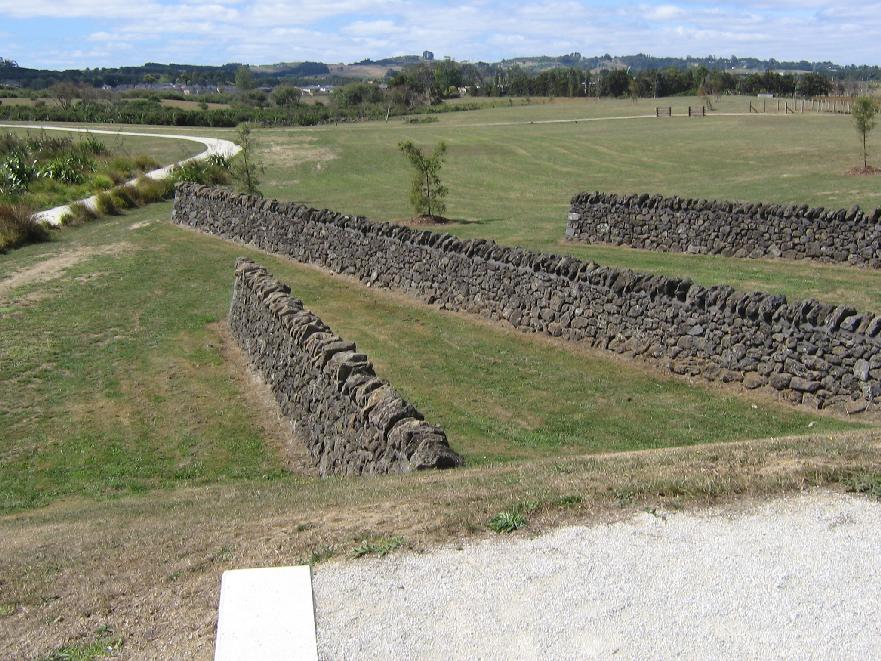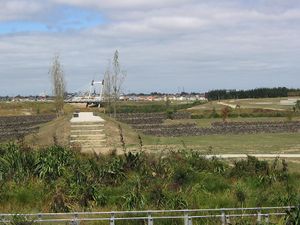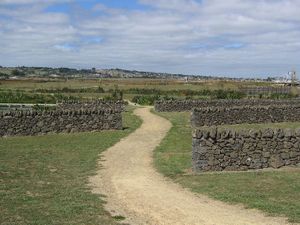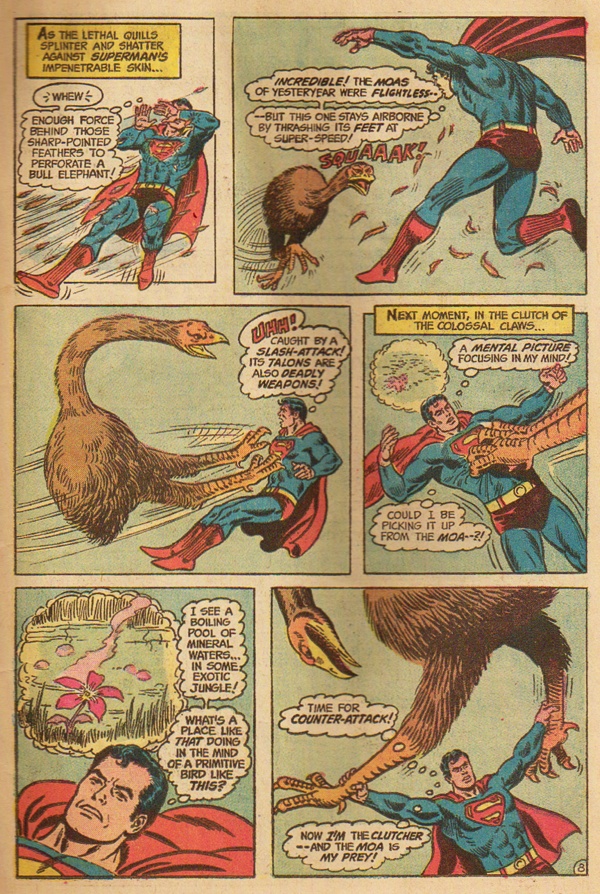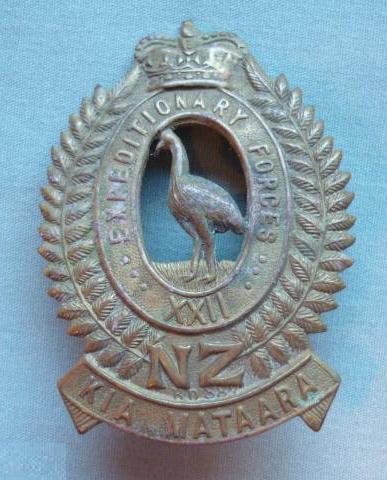Difference between revisions of "Kitsch"
(→Maori Rock Art) |
(→Maori Rock Art) |
||
| Line 16: | Line 16: | ||
O'Regan discusses this use in the context of cultural property<ref>O'Regan, G. 2008 The shifting place of Ngai Tahu rock art. in Sue O'Connor, Geoffrey Clark, Foss Leach (Eds), Islands of inquiry : colonisation, seafaring and the archaeology of maritime landscapes. Terra Australis 29 Accessed at http://epress.anu.edu.au/terra_australis/ta29/pdf/ch26.pdf</ref>. | O'Regan discusses this use in the context of cultural property<ref>O'Regan, G. 2008 The shifting place of Ngai Tahu rock art. in Sue O'Connor, Geoffrey Clark, Foss Leach (Eds), Islands of inquiry : colonisation, seafaring and the archaeology of maritime landscapes. Terra Australis 29 Accessed at http://epress.anu.edu.au/terra_australis/ta29/pdf/ch26.pdf</ref>. | ||
| − | Most of the glyphs used here were first recorded by [[Schoon Theo|Theo Schoon]]. He had a low opinion of New Zealanders art appreciation at the time. He said: "Maybe someday, the bourgeoisie will have lampshades, with drawings derived from these rock drawings, or as a welcome break from the pokerwork kiwi"<ref> Skinner, D. 2018, Theo Schoon. Massey University Press:102.</ref>. His expectations were met. | + | Most of the glyphs used here were first recorded by [[Schoon Theo|Theo Schoon]]. He had a low opinion of New Zealanders' art appreciation at the time. He said: "Maybe someday, the bourgeoisie will have lampshades, with drawings derived from these rock drawings, or as a welcome break from the pokerwork kiwi"<ref> Skinner, D. 2018, Theo Schoon. Massey University Press:102.</ref>. His expectations were met. |
[[Image:Rock1.JPG |framed|left|A scarf with many images from rock art.]] | [[Image:Rock1.JPG |framed|left|A scarf with many images from rock art.]] | ||
Revision as of 20:18, 28 January 2019
Contents
Archaeological Kitsch
Archaeological items of iconic status can become the subject of modern copies and re-use of the imagery. New Zealand items are not immune.
Maori Rock Art
|
Rock drawings seem to have been particularly prone to this - borrowings appearing on fabrics, glassware, ceramics, postage stamps and even matchboxes. O'Regan discusses this use in the context of cultural property[1]. Most of the glyphs used here were first recorded by Theo Schoon. He had a low opinion of New Zealanders' art appreciation at the time. He said: "Maybe someday, the bourgeoisie will have lampshades, with drawings derived from these rock drawings, or as a welcome break from the pokerwork kiwi"[2]. His expectations were met. |
| Scarves | |||
| Glasses | |||
| Enamelled Dishes | |||
| Stamps | |||
| Fabric / Carpet | |||
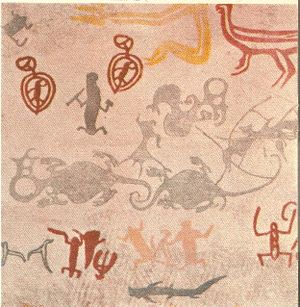 Rock art used on fabric. This was produced by blockprinting by poet Rex Fairburn. He obtained the artwork for this from Theo Schoon and reproduced using linocut blocks. Wikipedia has an article on Schoon. Another print can be seen here. Fairburn and Schoon have Dictionary of New Zealand Biography entries. |
|||
| Ceramics | |||
| Matchboxes | |||
| ; | |||
| Furniture | |||
| Wall Decorations Enamelled | |||
| Wall Decorations Copper | |||
| Wall Decorations Wood | |||
| Clothing | |||
| Jewellery | |||
Maori Other
Colonial
|
Barry Curtis Park in South Auckland has volcanic rock walls, reconstructed from a nearby farm site. The unfortunate result is what happens when landscape architecture captures archaeological reconstruction.
|
Not Quite Archaeological

References
- ↑ O'Regan, G. 2008 The shifting place of Ngai Tahu rock art. in Sue O'Connor, Geoffrey Clark, Foss Leach (Eds), Islands of inquiry : colonisation, seafaring and the archaeology of maritime landscapes. Terra Australis 29 Accessed at http://epress.anu.edu.au/terra_australis/ta29/pdf/ch26.pdf
- ↑ Skinner, D. 2018, Theo Schoon. Massey University Press:102.

